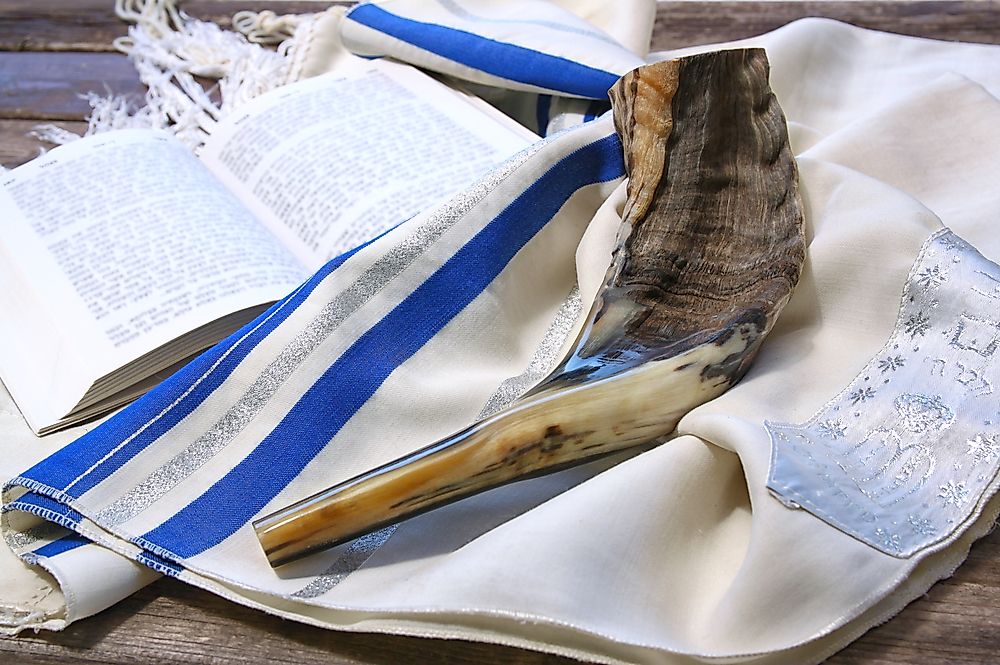Yom Kippur - Holidays Around the World

Otherwise known as the atonement day among Jews, Yom Kippur is the most significant and sacred day of the year among Jews. “Yom” is a Jewish word that translates to “day” while “Kippur” translates to “to atone.” In biblical terms, Yom Kippur is closely associated with the kapporet or covering of the Ark. In the Bible, Yom Kippur can be located in Numbers 29: 7-11 and in Leviticus 16: 1-34; 18: 1-30. The Bible calls this day the Sabbath of Sabbaths.
Yom Kippur and Rosh Hashanah (New Year’s Day in Judaism) are closely connected. While Rosh Hashanah marks the beginning of the High Holy Days among those practicing Judaism, Yom Kippur completes these holy days. Rosh Hashanah starts on the first day of Tishri while Yom Kippur falls on the tenth day of Tishri. In the year 2018, Yom Kippur will fall on the Wednesday of September 19. The day starts when the sun sets in the previous day to nightfall on the scheduled day.
Background
The background of the day can be traced back to the times of Moses and the Israelites. After the people had sinned, Moses went up Mount Sinai to pray for forgiveness from God and came back on the 10th of Tishri; the Day of Atonement.
The practice has since then been perpetuated by Jews. From during the times of Solomon when the first Temple was built in Jerusalem by himself all the way to the period of the second Temple built by Ezra. After the destruction of the second Temple, Yom Kippur continued in the hearts and other temples of Jews.
Rituals and Customs
The day before the listed day, people prepare for the day by doing things like easting two festive meals in the early afternoon and just before the fast begins. Extra prayers in the morning, lighting candles, seeking and giving forgiveness, blessing children before starting the fast, engaging in charity, and doing the kapparot and sometimes the mikvah rituals. This ritual is performed very early in the morning.
On the day of Yom Kippur, unlike other regular days with only three services, five services are held in the Temple. These services include confessions and unique prayers. The Bible calls this day a day of rest and so no work is done. In addition, there are five restrictions placed upon all those observing the day.
The number five is of particular significance to the Jews because it is a set number. The number relates to several things including the five names of the soul, Yom Kippur having five prayer services, the Kohen Gadol washed himself five times in the ritual bath, and the word soul is repeated five times in the Yom Kippur part of the Torah.
The five restrictions placed on the Jews are: no drink or food, no wearing leather footwear, no washing or bathing, no perfumes, and no conjugal relations. Beyond that, the day is one for introspection and reflection while asking God for forgiveness. Jews also recite Psalms every time they can do so.











